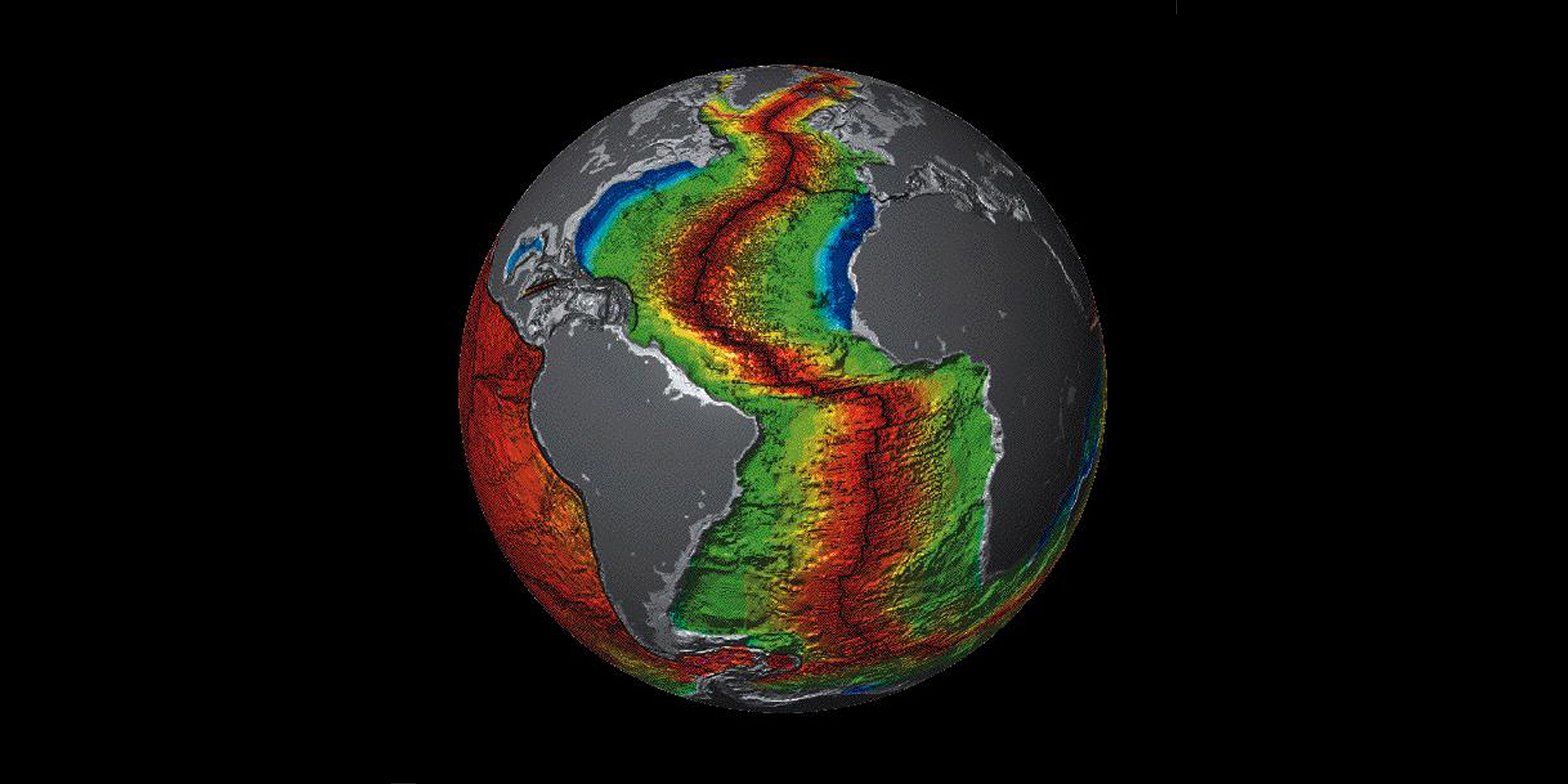Originally published 4 November 1985
Humans have an appetite for the fabulous. Once that appetite was satisfied by unicorns, hippogriffs, mermaids, or monsters. Today, more often than not, it is satisfied by UFOs, abominable snowmen, and other pseudo-scientific phenomena.
It has always astonished me that people are interested in such things as “ESP” and “ancient astronauts” when the real wonders of the world lie all around us, wonders more fabulous than anything the pseudo-scientists can dream. What Loch Ness monster is more mysterious than the gargantuan black hole that astronomers have detected at the center of the Milky Way Galaxy? What astrological influence of the stars is more magical than the dazzling dance of the DNA as goes about its business of making us what we are?
It is not the degree of “fabulousness” that distinguishes pseudo-science from science. I think it was the scientist Michael Faraday who said, “Nothing is too wonderful to be true.” What makes the fabulous creations of science “science” is that they can be tested against experience in a communal, reproducible way.
Consider continental drift.
In the last two decades, geologists have become convinced that the continents move about on the face of the Earth, sometimes colliding and raising mountains, sometimes rifting apart to make new ocean basins. The drift of continents is part of a new theory known as plate tectonics. According to the theory, the Earth’s rigid rocky crust is eggshell-thin. Under the crust, the body of the Earth is hot, plastic, and in motion. Turbulent forces in the Earth’s interior break the crust into sheets of “eggshell” called plates, and drag them about. Every few hundred million years the surface of the Earth is rearranged or remade.
Before the Atlantic existed
What statements about the world could be more fabulous than these? Two hundred million years ago North America and North Africa were on the Earth’s equator. They were part of one large “supercontinent” that embraced most of the Earth’s land masses. The Atlantic Ocean did not exist. You could have walked from New England to Morocco without getting your feet wet.
Geologists believe these things because they are part of a theory that explains in an economical way many features of the Earth’s crust. But the assumed drift of continents is only an inch or so a year, too slow to be observed directly.
Until now. Two different techniques promise to enable geologists to confirm the drift of continents, by actually measuring the distance between continents with an accuracy of a few millimeters. One method, know as Satellite Laser Ranging (SLR), involves bouncing a laser beam off a satellite equipped with a reflector. The exact time required for the laser beam to complete a round trip makes it possible to pinpoint a site’s location with extreme accuracy.
An even more promising method has been borrowed by geologists from the astronomers, and is known as Very Long Baseline Interferometry (VLBI). In the VLBI experiments, two widely separated dish antennas record radio signals from the same distant source, typically a galaxy billions of lights years away. The slight differences in the arrival times of the signals are recorded with atomic clocks.
Differences are minute
The time differences, which are due to the finite velocity of the radio waves and the tiny differences of distance from the source, are as small as a few thousandths of a second. If these differences are measured for at least three sources, it is possible to precisely calculate the distance between the two receivers.
VLBI observations made over the past four years at observatories in Massachusetts and Sweden appear to show that North America and Europe are indeed separating by about an inch a year.
Uncertainties in the analysis of the data remain distressingly large. But, says Douglas Robertson of the National Geodetic Survey, if the measured motion “isn’t significant now, it is very close. We are rapidly approaching the point where we will have a great deal of confidence in the results.”
Within the next few years, SLR and VLBI experiments are expected to confirm the drift of continents on a global scale. Already researchers have tentatively claimed to have observed the narrowing of the Pacific Ocean, the slip of Southern California northward along the San Andreas Fault, and the slow contraction of North America between the Appalachians and the Rockies, in addition to the widening of the Atlantic.
So. The continents drift. Oceans widen or shrink. Boston recedes from Casablanca at the rate of an inch per year. In 10 million years Los Angeles and San Francisco will be side by side. Fabulous. And true.



